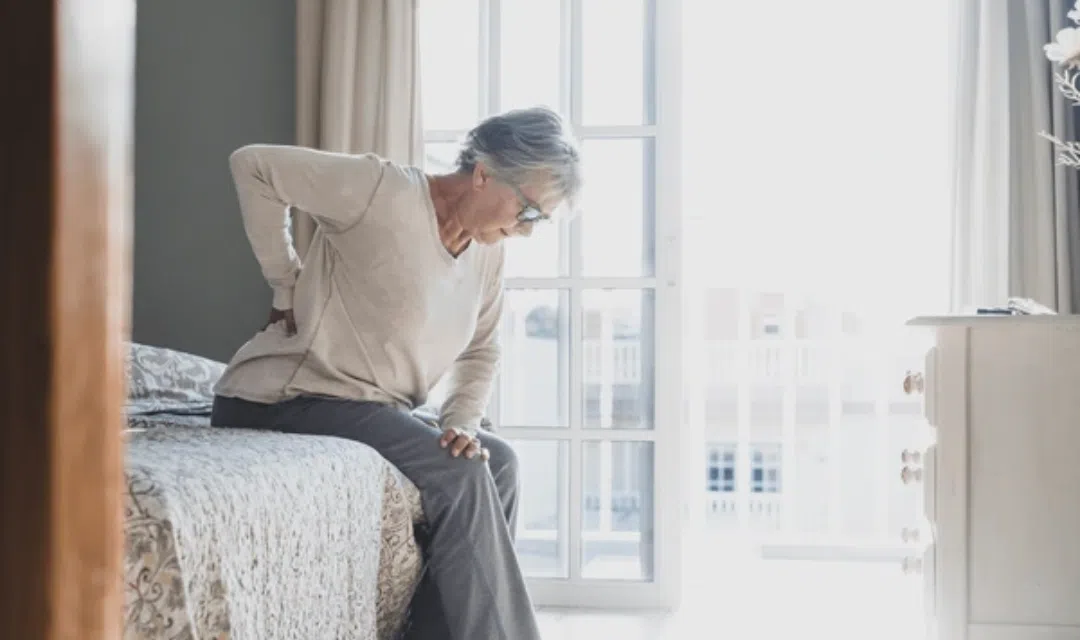
Pressure ulcers — commonly known as bedsores — remain a critical healthcare challenge affecting millions worldwide. For patients with limited mobility, seniors, and those recovering from surgery, choosing the right pressure relief mattress can mean the difference between prevention and prolonged suffering.
In this guide, we’ll explore the science behind pressure ulcers, the importance of pressure redistribution, and walk you through the most effective types of medical mattresses. We’ll also highlight top-performing products designed to meet the diverse needs of patients, whether at home or in clinical care.
Understanding Pressure Ulcers: Causes, Risks, and the Role of Mattresses
Pressure ulcers develop when prolonged pressure cuts off blood flow to the skin, causing tissue damage that can rapidly progress from redness to deep, painful wounds. Risk factors include immobility, aging skin, chronic conditions, and sensory impairments.
Pressure ulcers not only impact patient comfort and health but also lead to increased hospital stays and healthcare costs. According to the National Pressure Injury Advisory Panel (NPIAP), prevention hinges on effective pressure redistribution — and mattresses are frontline defense tools.
Why Selecting the Best Pressure Relief Mattress Matters
Standard mattresses simply aren’t designed to address the complex needs of pressure ulcer prevention and treatment. The best pressure relief mattress redistributes body weight evenly, reduces peak pressure points, manages moisture, and supports healing environments.
Investing in a specialized medical mattress significantly lowers the risk of ulcer formation and accelerates recovery in patients with existing wounds.
Exploring Types of Pressure Relief Mattresses
1. Foam Pressure Redistribution Mattresses
Foam mattresses, such as the Protekt 300 Pressure Foam Hospital Bed Mattress, use high-density and viscoelastic foam layers to contour the body and evenly spread pressure. These mattresses are silent, affordable, and ideal for patients at low to moderate risk of pressure ulcers.
2. Gel-Enhanced Mattresses for Cooling and Comfort
For patients prone to moisture-related skin damage, gel overlays combined with foam mattresses provide temperature regulation and shear reduction. The Protekt 500 Gel Medical Mattress for Home Use offers advanced pressure redistribution alongside cooling benefits, improving skin health and comfort.
3. Alternating Pressure Mattresses for Dynamic Relief
Patients with advanced pressure ulcers or immobility benefit from alternating pressure mattresses, such as the Protekt Supreme Support Alternating Pressure Mattress and the Invacare microAIR MA500 Alternating Pressure Low Air Loss Mattress.
These mattresses cyclically inflate and deflate air cells, shifting pressure to mimic natural movement, promoting circulation, and preventing tissue damage.
4. Low Air Loss and Lateral Rotation Mattresses for Enhanced Skin Care
For patients needing moisture control and respiratory support, low air loss mattresses like the Protekt Aire 3000 Alternating Low Air Loss Mattress System keep skin dry and reduce infection risk.
Lateral rotation mattresses such as the Protekt Aire 7000 Lateral Rotation Mattress System gently turn the patient side to side, decreasing pressure duration and aiding lung function — critical for long-term care patients.
5. Bariatric Pressure Relief Mattresses
Heavier patients require reinforced mattresses that provide safe, effective pressure redistribution without sacrificing durability. Our bariatric range is designed to accommodate higher weights while delivering optimal pressure relief, ensuring safety and comfort for all patients.
How to Choose the Best Mattress for Your Needs
When selecting a pressure relief mattress, consider:
- Risk level: Low, moderate, or high risk of pressure ulcers
- Mobility: Ability to reposition independently or need for dynamic support
- Weight: Including bariatric considerations
- Skin condition: Existing ulcers or fragile skin
- Care setting: Home, hospital, or long-term care
- Budget and insurance coverage
Consulting with healthcare providers can help tailor mattress choice to patient needs.
1. What is the best type of mattress to prevent bedsores?
Alternating pressure mattresses are often considered the most effective for bedsore prevention, especially in high-risk or immobile patients. They work by cyclically shifting pressure to reduce prolonged contact on any one area of the body. For lower-risk individuals, high-density foam or gel mattresses can be effective as well.
2. How often should a pressure relief mattress be replaced?
The lifespan of a pressure relief mattress depends on usage, the patient’s weight, and mattress type. Foam mattresses typically last 3–5 years, while alternating pressure systems may last 5–7 years with proper maintenance. Check manufacturer guidelines and inspect regularly for signs of wear or reduced support.
3. Can pressure relief mattresses be used at home?
Yes. Many pressure relief mattresses are specifically designed for home use. Products like the Protekt 500 Gel Medical Mattress and the Protekt Supreme Support Alternating Pressure Mattress offer clinical-grade support with user-friendly features for in-home care settings.
4. Do insurance plans cover pressure relief mattresses?
In many cases, insurance—including Medicare—may cover part or all of the cost for a pressure relief mattress if it’s deemed medically necessary. Patients should consult their physician and check with their insurance provider for eligibility, requirements, and documentation.
5. What’s the difference between low air loss and alternating pressure mattresses?
Low air loss mattresses maintain airflow to help keep the skin dry and reduce moisture buildup, which is crucial for skin integrity. Alternating pressure mattresses, on the other hand, shift body pressure by inflating and deflating different sections. Some advanced systems combine both features for optimal pressure relief and moisture control.
6. Are bariatric patients at higher risk for pressure ulcers?
Yes. Heavier individuals face increased pressure on specific body areas, reduced mobility, and greater skin vulnerability. Bariatric pressure relief mattresses are specially designed to distribute weight evenly and prevent pressure-related injuries in patients with higher body weight.
7. How do I clean and maintain a pressure relief mattress?
Most medical mattresses come with waterproof, antimicrobial covers that are easy to wipe down. For alternating pressure systems, follow manufacturer guidelines on pump and air cell cleaning. Regular inspections, proper positioning, and routine disinfection are essential for both hygiene and mattress longevity.
Why Top Medical Mobility Mattresses Stand Out
At Top Medical Mobility, we provide a carefully curated selection of the best pressure relief mattresses, combining proven technology and clinical research with practical durability.
- Protekt Supreme Support Alternating Pressure Mattress: Dynamic pressure relief with quiet pump and customizable settings.
- Protekt 300 Foam Mattress: Superior foam pressure redistribution for prevention.
- Protekt 500 Gel Mattress: Innovative gel-foam combination for comfort and temperature regulation.
- Invacare microAIR MA500: Advanced alternating pressure with low air loss technology.
- Protekt Aire 7000 Lateral Rotation Mattress: Combines lateral rotation and pressure relief for complex care needs.
Each mattress is backed by clinical evidence and designed to improve patient outcomes.
Conclusion
Choosing the best pressure relief mattress is a cornerstone in preventing and healing pressure ulcers. Specialized mattresses significantly reduce patient risk, improve comfort, and support faster recovery.
For patients, caregivers, and healthcare providers looking for trusted solutions, exploring the innovative range at Med Mobility Homecare is the first step toward better pressure care and quality of life.




